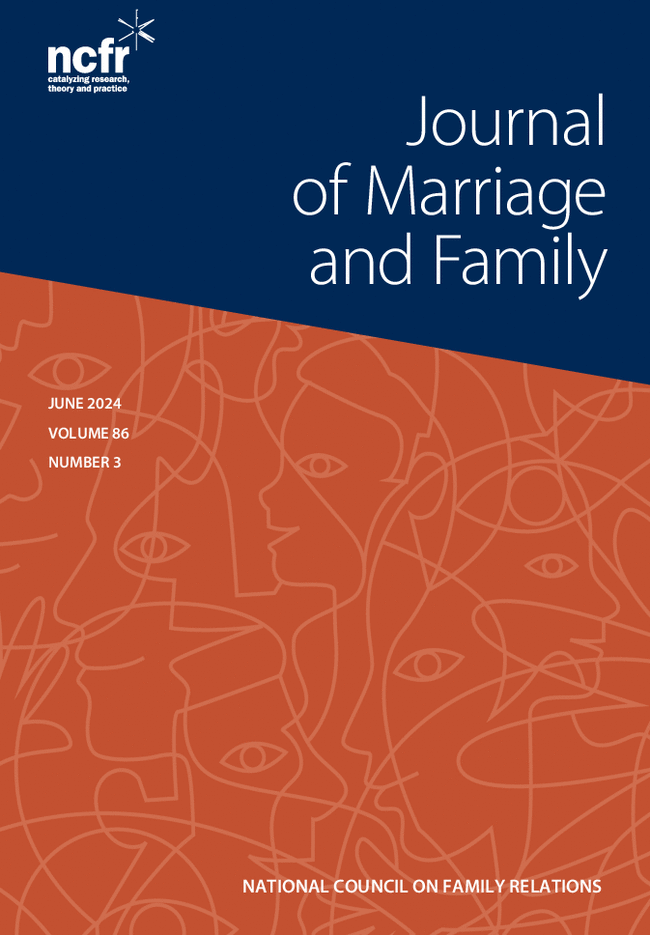Investigating what contributes to perceptions of ambiguity in stepfamily relationships among adolescents, and which strategies adolescents use to deal with ambiguity.
Relational losses or acquisitions marked by ambiguity (i.e., ambiguous losses and gains) are taxing as they often evade resolution. The frequent assumption that family relationships in postdivorce stepfamilies are per se ambiguous has only received limited empirical foundation. Little is known about how adolescents experience ambiguity, how and why ambiguity emerges, and what strategies adolescents develop to deal with ambiguity.
Semi-structured interviews with 30 Dutch adolescents (aged 16–20) living in diverse postdivorce stepfamilies were conducted. The data were analyzed using open, axial, and selective coding.
Relationships with stepparents, stepsiblings, and biological parents were especially likely to be experienced as ambiguous. Two key categories of reasons emerged that helped to explain the emergence of ambiguity: information (i.e., incomplete or contradictory knowledge about family relationships), and relationality (i.e., the ways in which family relationships were assessed and compared to each other). Results point towards potential chains of ambiguity in stepfamilies, and show that respondents compared their relations with constructed archetypes of stepparents. Respondents used three strategies to deal with ambiguity: (a) improving relationships, (b) accepting ambiguity, and (c) creating distance.
Ambiguity was common in postdivorce stepfamilies, yet mostly confined to relationships between adolescents and stepparents, stepsiblings, and biological parents. This suggests that, in stepfamilies, ambiguous gain might occur more frequently than ambiguous loss. The negative feelings associated with ambiguity might explain why many adolescents perceive living in stepfamilies as burdensome.


